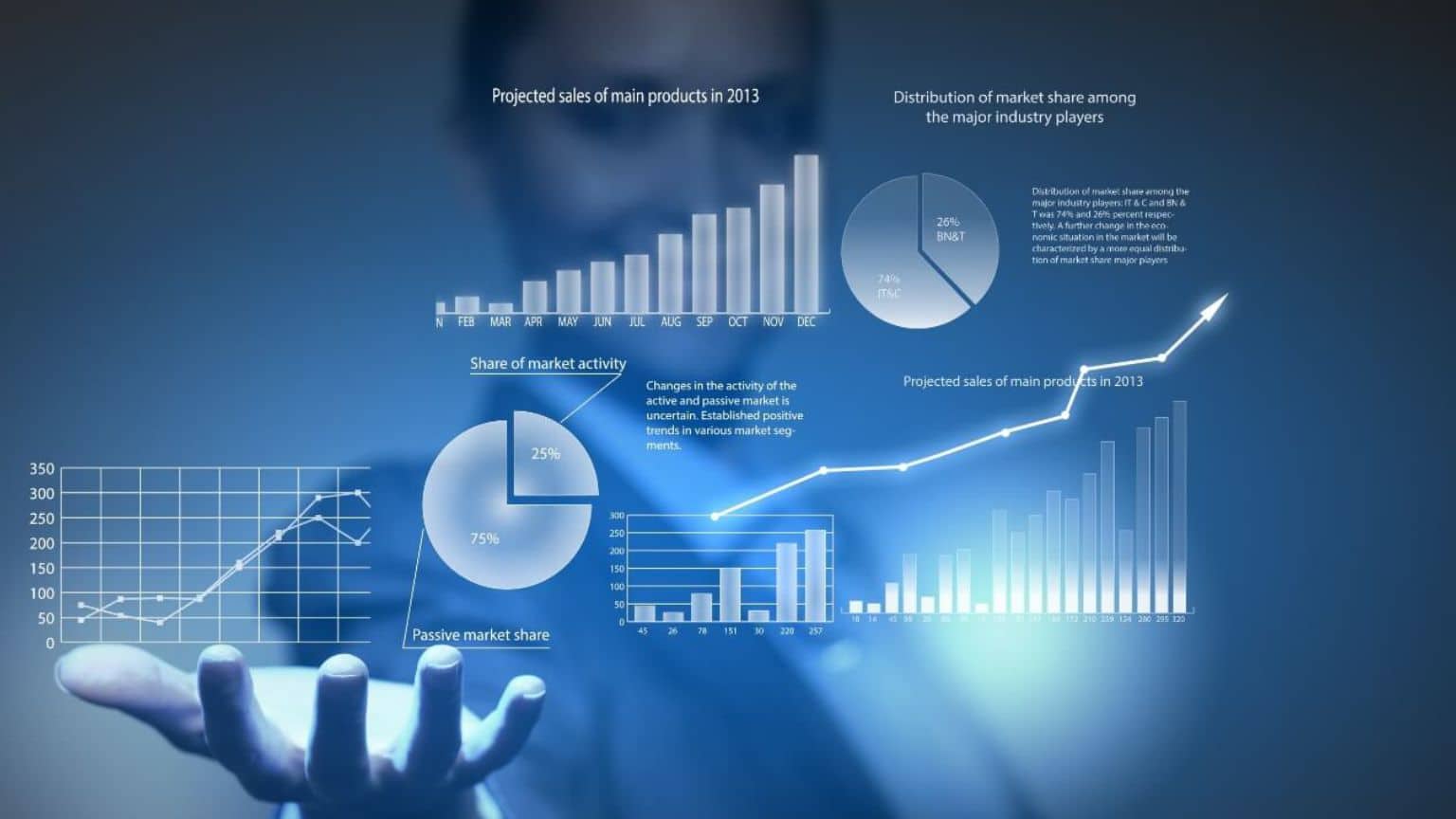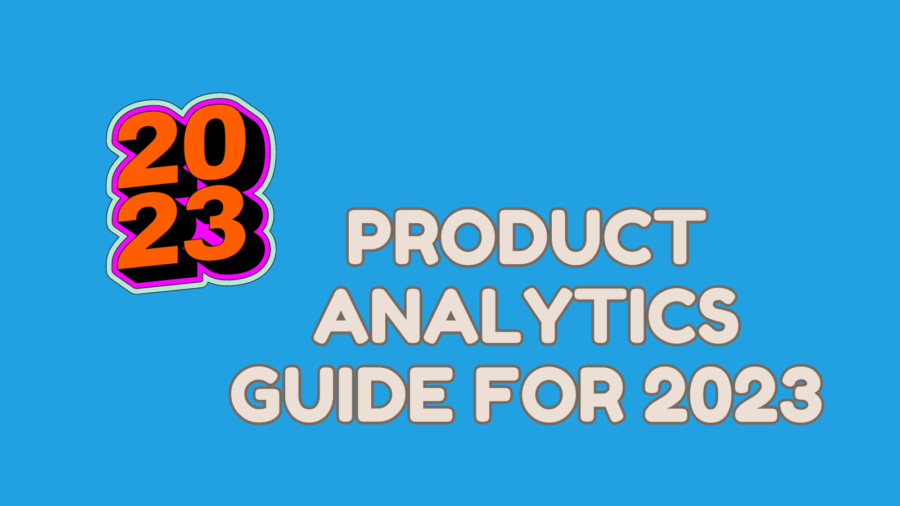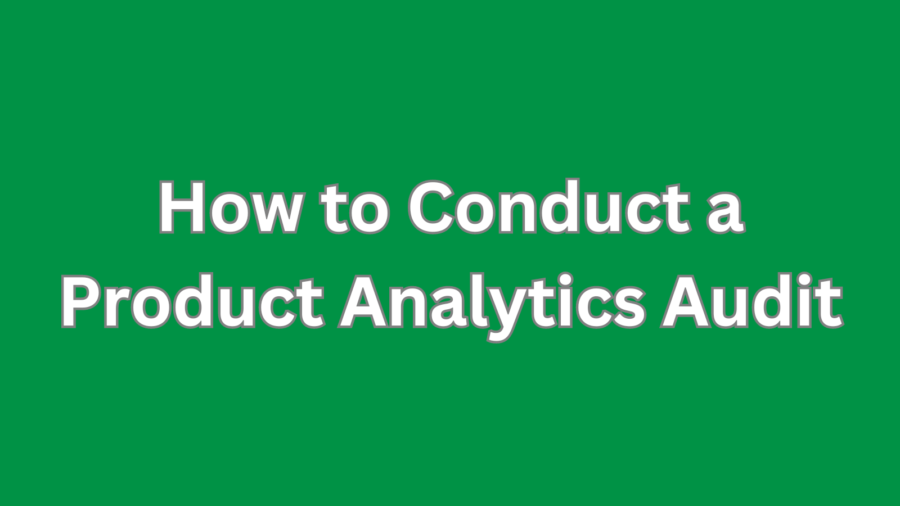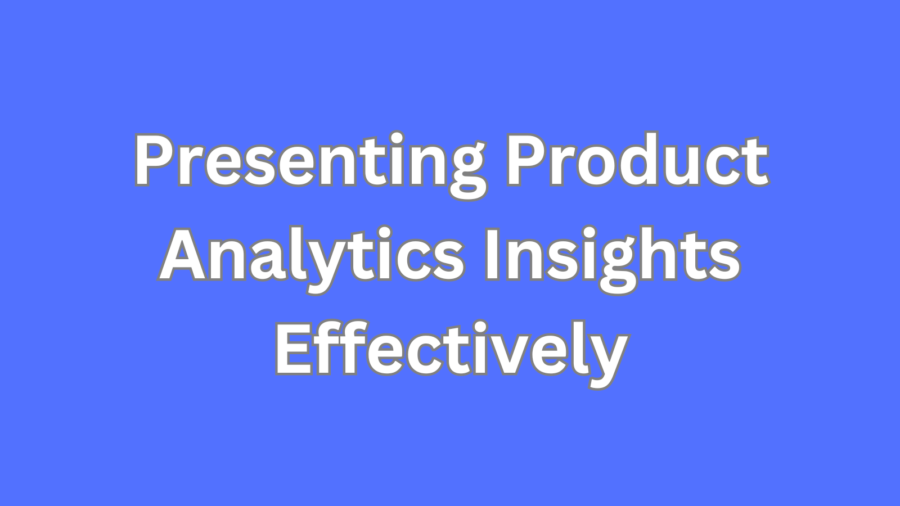Introduction
Understanding the nuances of Business Intelligence (BI), Analytics, and Data Science is crucial for businesses seeking to gain a competitive edge. Each discipline plays a distinct yet interconnected role in extracting value from data. In this comprehensive beginner’s guide, we will delve into the core concepts and applications of BI, Analytics, and Data Science. By gaining a deeper understanding of these disciplines, you will be better equipped to harness the power of data, make informed decisions, and drive meaningful business growth.
Understanding Business Intelligence (BI)
At its core, Business Intelligence (BI) is a set of tools and methodologies that enable organizations to collect, process, and analyze data, transforming it into actionable insights. The primary goal of BI is to provide decision-makers with a comprehensive and visual representation of past and current performance across various business metrics. These insights empower stakeholders to identify trends, recognize areas for improvement, and make data-driven decisions to drive business growth.
BI tools encompass data visualization platforms, reporting software, and dashboards allowing users to easily explore data and draw meaningful conclusions. BI dashboards provide real-time access to key performance indicators (KPIs) and critical business metrics, offering a comprehensive view of an organization’s health.
Unraveling the World of Analytics
Analytics is a broad term that encompasses a range of techniques used to examine data, derive insights, and predict future trends. Within the realm of analytics, two prominent subcategories emerge: Business Analytics and Data Analytics.
Business Analytics
Business Analytics leverages analytical methods and statistical tools to solve business challenges or answer targeted questions. By analyzing historical data and applying quantitative models, business analysts can gain insights into market trends, customer behavior, and operational efficiency.
Business Analytics enables organizations to optimize their business processes, improve decision-making, and uncover opportunities for growth. By identifying patterns and relationships within the data, businesses can make informed choices that positively impact their bottom line.
Data Analytics
Data Analytics, on the other hand, encompasses a broader range of analytical techniques to explore and interpret data. It involves the examination of structured and semi-structured data, as well as the application of statistical and machine learning algorithms to uncover patterns, trends, and relationships.
Data Analytics serves as the backbone of evidence-based decision-making. It allows organizations to comprehensively understand their data, discover hidden insights, and make data-driven choices that lead to enhanced business performance and improved customer experiences.
The Expansive Landscape of Data Science
Data Science is an interdisciplinary field that incorporates elements of mathematics, statistics, computer science, and domain expertise to extract knowledge and insights from large and complex datasets. Data Scientists possess a unique skill set that enables them to extract meaningful information, predict future outcomes, and build intelligent systems.
Data Science encompasses a wide range of techniques, including data acquisition, data cleaning, data exploration, data modeling, and data visualization. By leveraging advanced statistical and machine learning algorithms, Data Science enables businesses to solve complex problems and uncover valuable insights that traditional methods may overlook.
Key Differences and Applications
Focus and Purpose
- BI primarily focuses on providing historical and real-time data insights to support decision-making at various organizational levels.
- Business Analytics applies statistical models to specific business problems, aiming to enhance performance and uncover opportunities for growth.
- Data Analytics involves exploring and interpreting data to identify trends and relationships, supporting evidence-based decision-making.
Data Volume and Complexity
- BI typically deals with structured data from various sources, providing a comprehensive overview of business performance in a user-friendly format.
- Business Analytics handles both structured and semi-structured data, seeking to address specific business queries in a targeted manner.
- Data Science deals with large and complex datasets, often unstructured, requiring advanced algorithms to extract insights and make predictions.
Tools and Technologies
- BI tools focus on data visualization, providing easy-to-understand reports, dashboards, and KPIs.
- Business Analytics utilizes statistical tools and predictive models to analyze historical data and identify patterns.
- Data Science relies on programming languages like Python or R, as well as machine learning libraries and big data technologies.
Synergy and Collaboration
While BI, Analytics, and Data Science serve different purposes, they are not mutually exclusive. In fact, they often work in tandem to deliver comprehensive data-driven insights.
BI and Analytics
BI serves as the foundation for Analytics by providing historical and real-time data. Analytics enhances BI by exploring and delving deeper into specific areas of interest to uncover valuable insights.
Analytics and Data Science
The insights gained from Analytics serve as valuable input for Data Science. Data Scientists use these insights to develop predictive models, build intelligent systems, and gain a deeper understanding of complex datasets.
Choosing the Right Approach for Your Business
Selecting the most suitable approach depends on your organization’s specific needs, goals, and resources.
Use Cases for Business Intelligence (BI)
- BI is ideal for organizations seeking a centralized and visualized view of key performance metrics.
- It empowers executives and decision-makers to make strategic, data-driven choices.
Use Cases for Analytics
- Analytics is valuable when understanding customer behavior, optimizing marketing campaigns, and identifying operational inefficiencies.
- It helps businesses uncover valuable insights and make informed decisions based on data patterns.
Use Cases for Data Science
- Data Science is suitable for organizations seeking to predict future trends, build recommendation systems, and leverage AI-driven solutions.
- It enables businesses to utilize advanced algorithms to extract insights from complex and unstructured datasets.
Conclusion
In conclusion, Business Intelligence, Analytics, and Data Science are integral components of data-driven decision-making. By understanding their unique roles and applications, businesses can harness the power of data to optimize performance, drive innovation, and gain a competitive edge in their respective industries. Embrace the world of data-driven insights and make informed decisions that shape the future of your business.





